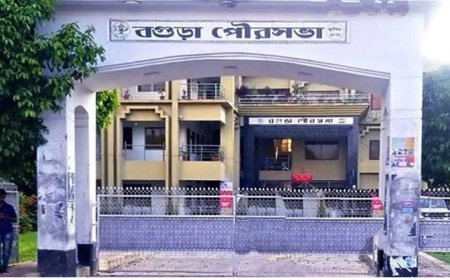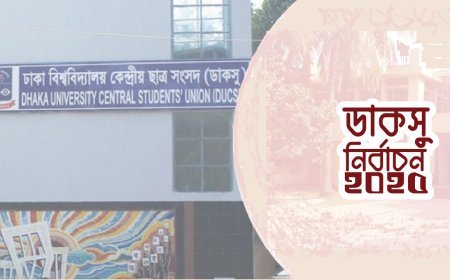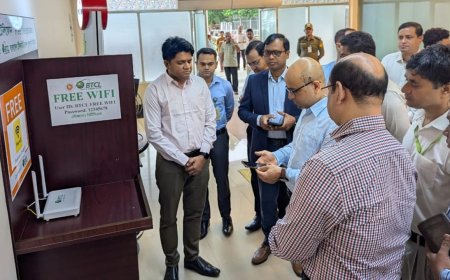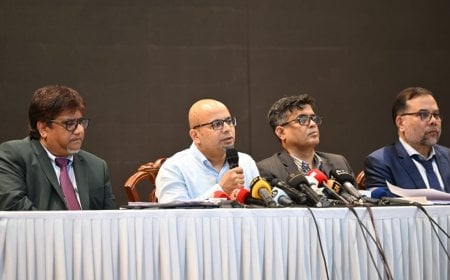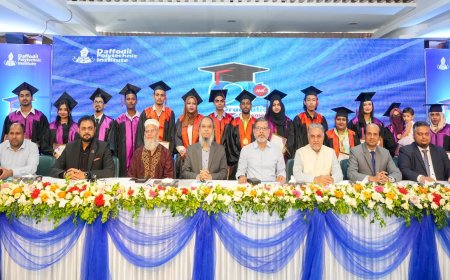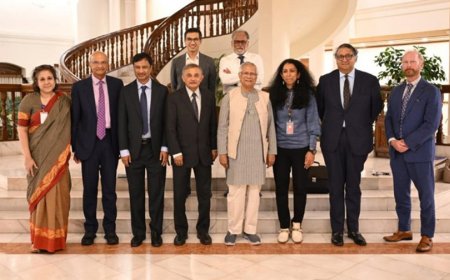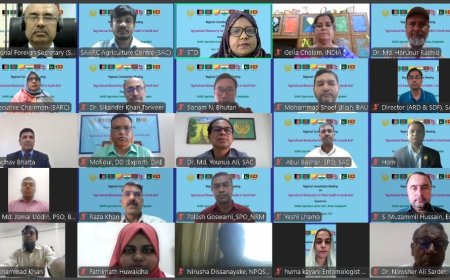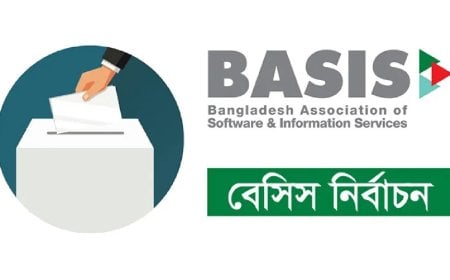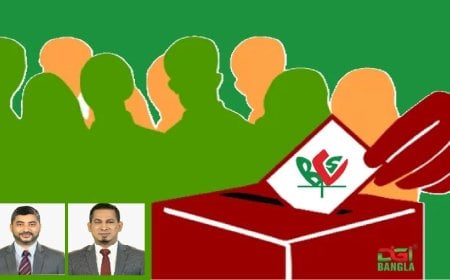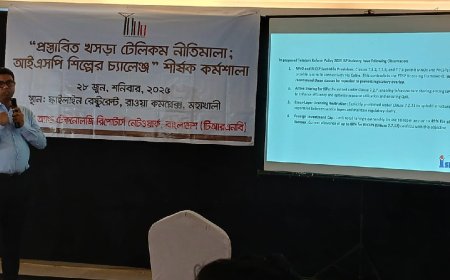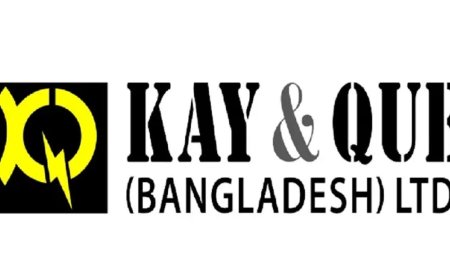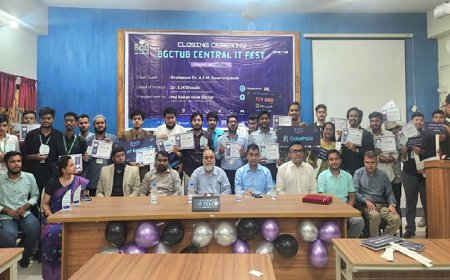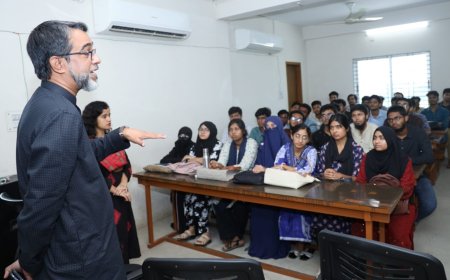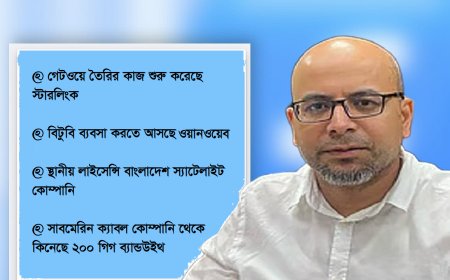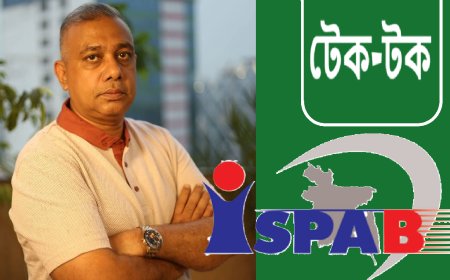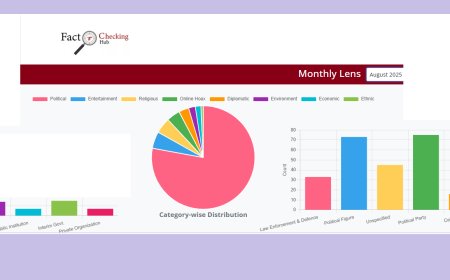Misinformation Mayhem: Rumor Scanner Detects Surge in False Claims Online

In May 2025, a total of 351 instances of misinformation were identified circulating across the internet, according to the Bangladesh-based fact-checking organization Rumor Scanner. This marks the highest monthly count of detected false claims since August 2024, when 386 incidents were recorded.
Among the various platforms, Facebook was the most prominent source, accounting for 333 out of the 351 cases. Video-based misinformation was the most prevalent form, totaling 151 instances, followed by text-based misinformation at 128 and image-based misinformation at 72.
The classification of the identified falsehoods reveals that 230 were outright false, 64 were manipulated, and 56 were misleading. One sarcastic or humorous post was fact-checked after it was interpreted as a genuine claim.
Rumor Scanner's analysis shows that the majority of misinformation (143 instances) was related to political topics, representing 41 percent of the total. Additionally, 87 pieces concerned international issues, 64 were related to national matters, 22 to entertainment and literature, 13 to scams, 10 to sports, six to religion, and two to education.
Aside from Facebook, misinformation was also found on Instagram (74), YouTube (65), X (formerly Twitter) (32), TikTok (19), Threads (5), and WhatsApp (at least 1). Alarmingly, the mainstream media was not immune—23 pieces of misinformation were disseminated by various local media outlets.
Although the spread of communal misinformation centered on Bangladesh had been a notable concern in recent months, it appeared to decrease in May. Rumor Scanner identified five such instances last month, three of which were traced to Indian social media accounts and pages.
The interim government was the target of 10 pieces of misinformation in May, all portraying the administration negatively. Rumor Scanner categorized the misinformation as either positive (favoring the government) or negative (opposing it), concluding that every instance in May fell into the latter.
Dr. Muhammad Yunus, Chief Advisor of the interim government, was targeted in 15 false claims—93 percent of which presented him negatively. Other government advisors mentioned in false content included Dr. Asif Nazrul (3, all negative), Mahfuz Alam (3, all negative), Jahangir Alam Chowdhury (2, all negative), A F M Khalid Hossain (2, all negative), Syeda Rizwana Hasan (2, all negative), Asif Mahmud Sajib Bhuiyan (1, negative), and Wahiduddin Mahmud (1, negative).
The upcoming 13th National Parliamentary Election has also sparked a wave of misinformation. Rumor Scanner identified at least 11 false claims related to the election in May alone.
Among political parties, the now-banned Bangladesh Awami League (AL), along with its affiliates and leaders, was the subject of the highest volume of misinformation—44 incidents in total. Of these, 16 targeted the AL as a party, with 87 percent appearing to promote a positive image. Its student wing, Bangladesh Chhatra League, was the subject of four claims (75 percent positive), and one piece of misinformation targeted the Jubo League (negative). AL President Sheikh Hasina was featured in six items of misinformation, all portraying her positively.
The Bangladesh Nationalist Party (BNP) ranked second in terms of misinformation frequency, with 38 incidents involving the party, its affiliates, or its leaders. Of the 10 that specifically mentioned the BNP, 70 percent were negative. Party Chairperson Khaleda Zia was the subject of one negative claim, Acting Chairman Tarique Rahman of nine (67 percent negative), and Secretary General Mirza Fakhrul Islam Alamgir of five (all negative). The BNP’s student wing, Chhatra Dal, was targeted in five negative claims, and the Jubo Dal in one.
The Bangladesh Jamaat-e-Islami party and its affiliates were associated with 29 misinformation pieces. Of the five that explicitly mentioned Jamaat, all presented the party negatively. Its Amir, Dr. Shafiqur Rahman, was targeted in 11 instances (all negative), and its student wing, Islami Chhatra Shibir, in nine (all negative).
The National Citizens’ Party (NCP) and its members were linked to 32 pieces of misinformation in May. Seven of these focused on the NCP itself (all negative). Party convener Nahid Islam was targeted in three (all negative), Hasnat Abdullah in 16 (all negative), Sarjis Alam in one (negative), Tasnim Zara in four (all negative), and Abdul Hannan Masud in one (negative).
State security forces were not spared either. The Bangladesh Army, including Chief of Army Staff General Waker-uz-Zaman, was linked to 11 pieces of false content (four specifically naming the general). The Bangladesh Police faced five misinformation incidents, the Air Force two, and the Navy one.
Notably, 31 AI-generated fake contents were flagged, alongside six deepfake videos.
Early in May, a military standoff between India and Pakistan triggered a flood of misinformation across the internet, including old images, unrelated footage, and AI-generated content. Rumor Scanner identified at least 67 related false claims. Additionally, Dr. Yunus’s announcement of his potential resignation on May 22 sparked 16 pieces of misinformation, while heavy rainfall induced by a depression at the end of the month led to six more.
Mainstream and foreign media outlets were also used as tools for deception. Rumor Scanner identified 84 instances in which fake photo cards, headlines, or logos of 31 domestic and international news outlets were used to spread misinformation. Among them, Jamuna TV was most frequently impersonated (15 times), followed by Kaler Kantho (12) and Kalbela (7).
For comparison, 296 instances of misinformation were detected in April and 298 in March.





